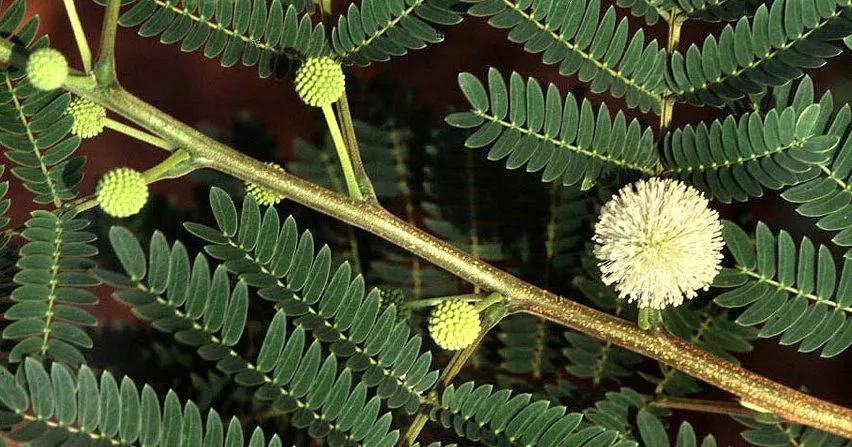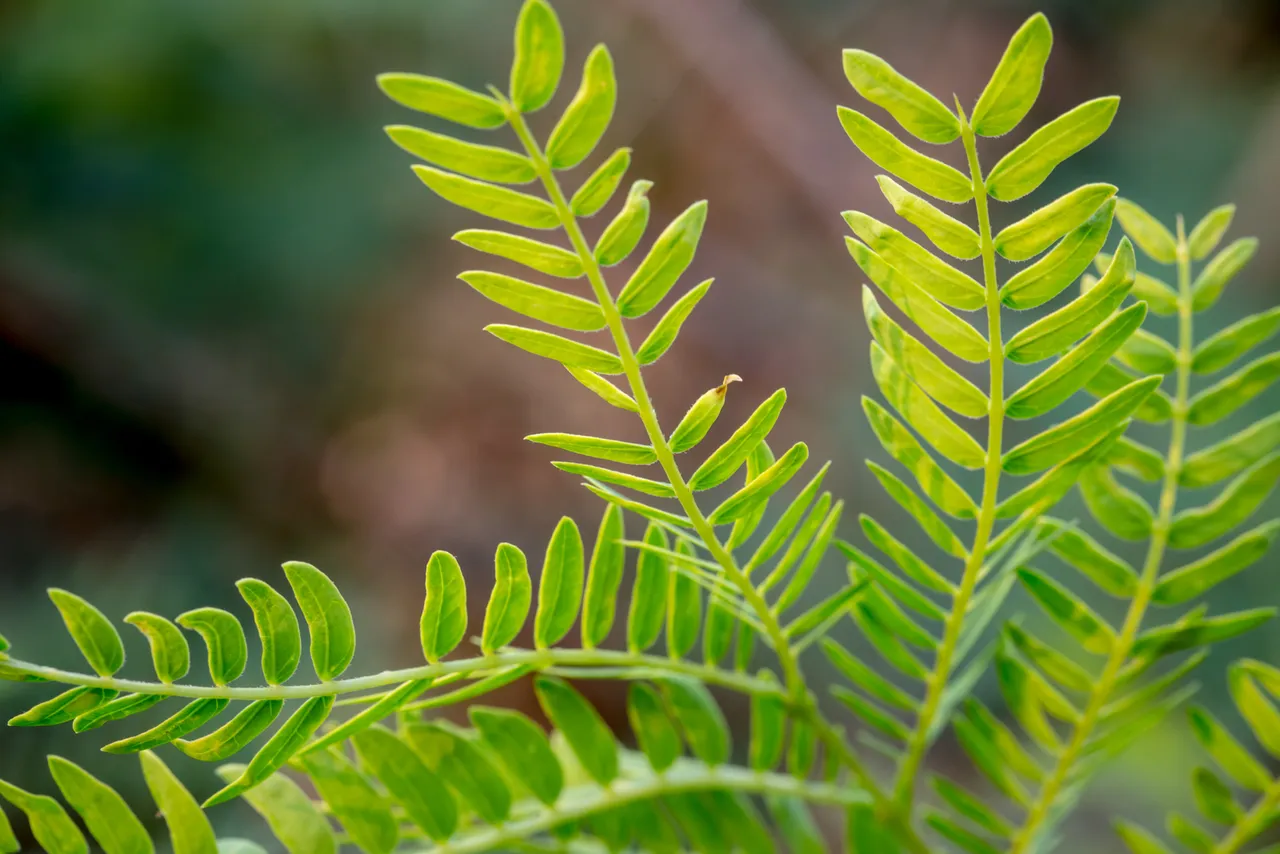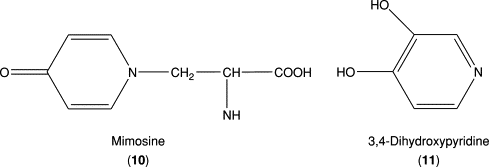Today we will talk about a toxic substance called mimosine that is present in the fabaceae species, specifically in the lecucaena, which acts slowly causing the loss of hair, as well as the live weight in grazing animals. This indicates one of the barriers for the intensive and exclusive consumption of leucaena, which generates some fear in cattle breeders, mainly due to the mimosine content of its tender leaves.



▶ However, the Australian scientist Dr. Raymond Jones, who has worked with leucaena for 20 years, discovered in the tropical zone, the existence in the stomach of the cattle of a bacterium called (Synergistes jonesii), this bacterium makes this forage totally free of danger, of intoxications of the animals. The bacterium decomposes the mimosine, avoiding its harmful effect.

▶ Credits: sciencedirect – [Image of Public Domain]
≕ I invite you to stay tuned and read my next contribution ≔
This applies to cattle and specifically to those located in the tropical zone, which is where this bacterium develops. However, if you think about feeding cattle with leucaena, it is recommended that it should not exceed 40% of the daily ration of the cattle.
But I consider that this is relative, because when it is mixed with different grasses, whether they are chopped cameroon, chopped sugar cane, trampled grasses or others, any negative effect is diminished and no problems of intoxication are observed.

In terms of fertilization, the moment in which it is necessary to fertilize corresponds to the early stage of growth corresponds to the early stage of growth, when the conformation of the root system is incipient, limiting its exploration capacity in the soil. Leucaena, in general, is not very demanding in fertilizers, due to its ability to fix essential mineral elements through the nodules present in the roots, which can be observed 30 to 45 days after germination.
NOTE: Reference material.